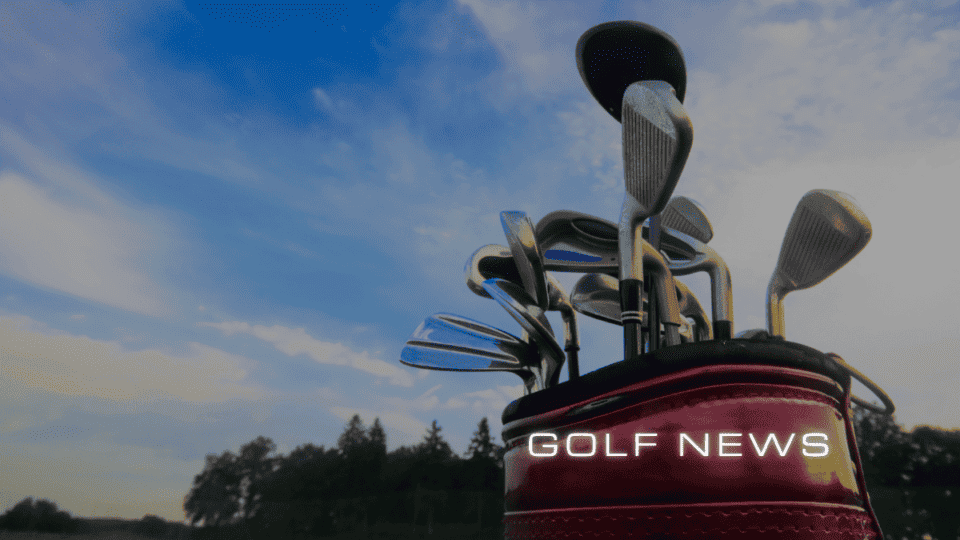Avoid this common mistake to create more power
Look at old videos of the best swings of yesteryear, and you’ll likely see the golfer’s lead knee move toward the ball during the backswing. At the same time, the lead leg’s foot would roll inward and the heel would come off the ground. For the most part, it’s become a thing of the past. With more emphasis now on fitness and strength and swinging the club from a solid base, the best players really stabilize their lead knee (left for right-handers). They use it as an anchor to wind against as they load into their trail side. Even for amateur golfers of limited physical ability, consistency and power immediately improve when that knee is relatively still during the backswing.
My associate J.J. Rivet, one of the world’s leading biomechanists, says his testing has shown that the lead knee of a modern tour player moves toward the ball no more than 8 degrees. In many cases it barely shifts. Amateurs, however, let the knee move as much as 35 degrees during the backswing. You can’t coil properly with a power bleed like that.
A drill to train better stabilization of this knee is to make one- handed rehearsal backswings while preventing the knee from moving with your other hand (above). You should feel pressure in the toes of your lead leg and the heel of your trail leg as you reach the top of the swing. It’s perfectly acceptable for the lead heel to raise as long as the knee moves slightly toward the target, not inward. —WITH RON KASPRISKE
SOURCE: GolfDigest.com





